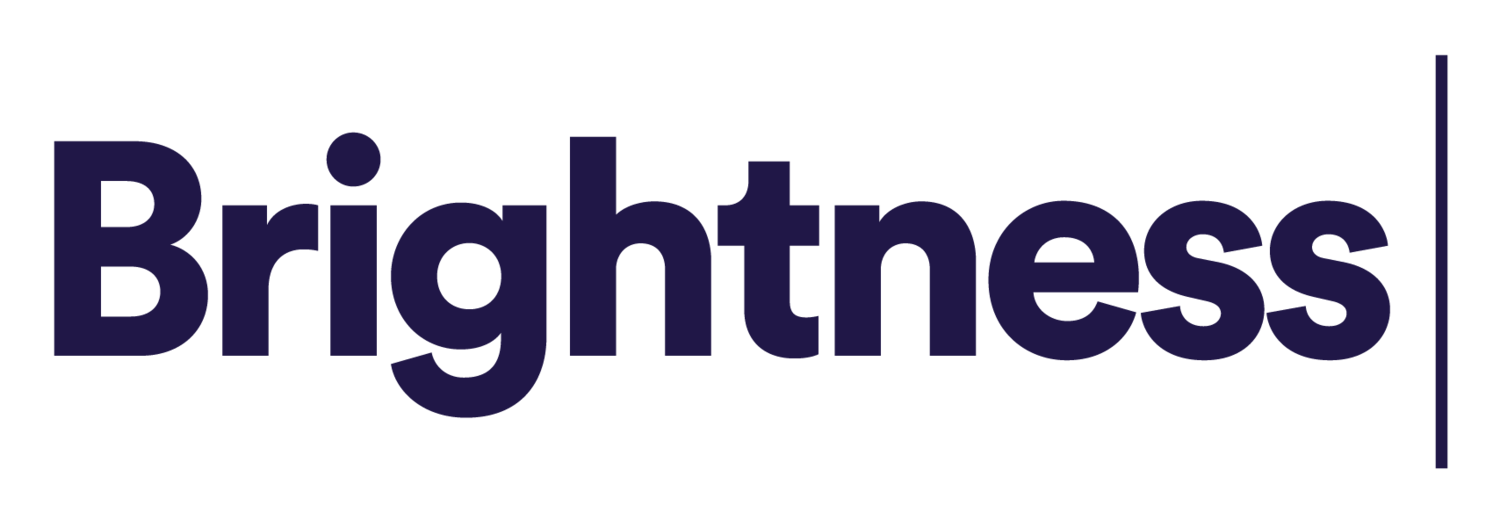Persuader avec la méthode Monroe
Prendre la parole pendant 8, 10 ou 12 minutes, seul sur scène et sans notes, n’est pas un exercice facile. En quelques minutes seulement, vous devez convaincre une audience, qui ne connaît pas vos idées, votre projet... et même qui vous êtes ! Et ce n’est pas tout, très souvent, les orateurs et oratrices souhaitent que leurs interlocuteurs réalisent une action : financer leur projet, réaliser un don, rejoindre un mouvement... Mais comment construire un propos qui mène à l’action ?
Dans les années 1930, Alan Monroe, professeur à l'Université de Purdue, utilisa ses travaux en psychologie pour les appliquer à la prise de parole en public et à la persuasion. La méthode qu’il a mise au point, appelée aussi la séquence de motivation de Monroe, permet d’exposer ses idées avec le maximum d’impact possible et appelle l’audience à agir.
Cette méthode, en 5 étapes, est par exemple utilisée par Elon Musk à l’occasion de ses interventions présentant ses nouvelles innovations comme sa batterie domestique (remarquez d’ailleurs la durée de sa prise de parole… 18 minutes soit le format historique développé par TED).
Capter l'attention
La première étape consiste à capter l'attention de l'audience, à leur donner envie de vous écouter. Pour cela, vous pouvez réaliser une promesse inspirante qui pique la curiosité et provoque ainsi l'intérêt. D’autres accroches sont possibles à l’aide :
D’un chiffre ou d’une statistique
D’une citation
D’une histoire personnelle ou marquante
D’un trait d’humour
D’une série de questions intrigantes
D’une image ou d’un objet curieux que vous montrez à l’audience
Par exemple, en 2007, Steve Jobs débute son intervention par la promesse de réinventer le téléphone portable... ce qui à l'époque permettait de tenir en haleine le monde entier !
Exprimer un besoin (auquel répond votre discours)
La deuxième étape vise à créer un besoin, ou à en souligner un déjà existant, qui nous empêche de réaliser des actions ou de nous épanouir. Ce besoin sera d’autant plus fort s’il correspond à un besoin psychologique de l’audience : être en meilleur santé, améliorer le sommeil, mieux se nourrir… Ces besoins essentiels sont ceux qui résonnent en nous pour changer nos habitudes et idées préconçues.
Pour exprimer ce besoin vous pouvez suivre le développement suivant :
L’énoncer clairement
L’illustrer avec un exemple concret
Le développer plus en détails pour mieux comprendre en quoi c’est un problème majeur
Le relier directement à l’audience (à leurs expériences)
Grâce à l’'expression d'un besoin, présenté comme un obstacle à surmonter, vous appellerez naturellement à une solution... celle que vous détenez ou celle de votre projet. Ainsi, en mettant en lumière un manque, nous souhaitons immédiatement le combler. La Nature, et l'Homme, ont horreur du vide !
Satisfaire ce besoin (la solution)
Une fois le besoin exprimé, vous devez maintenant y apporter une réponse. Dès lors, vous endossez le rôle du sauveur. Vous devez donc présenter des solutions viables et concrètes à l’audience en suivant par exemple un schéma comme celui-ci :
Enoncer clairement la solution
L’expliquer avec des détails
Montrer comment une mise en place cette solution sera (très) efficace
L’illustrer enfin d’exemples ou de données scientifiques qui assurent la crédibilité de vos propos
Lors de sa keynote de présentation, la réponse de Steve Jobs à l'insuffisance des téléphones portables de l'époque est de proposer le premier véritable smartphone : l'iPhone.
être concret
Alan Monroe insistait sur la nécessité d'être très concret dans ses explications pour aider l'audience à visualiser dans sa vie quotidienne comment votre solution pourrait s'appliquer et avoir un impact important.
Pour cela, vous pouvez utiliser des exemples et des images à même de visualiser la mise en place de ces solutions. Quand Elon Musk évoquait la possibilité de créer des fusées capables d’être réutilisées, il s’appuyait sur des supports visuels et des simulations vidéos pour prouver que cela était possible. Depuis, il a réalisé plusieurs lancements avec ces fusées d’un nouveau genre !
L’important est donc ici de donner des détails et des images simples à comprendre (vous vous adressez au plus grand nombre) à l’aide de comparaisons, métaphores ou anecdotes.
Passer à l’action
Enfin, n’oubliez pas qu’un discours est plus que de simples mots, c’est un moyen puissant pour inviter l’audience à passer à l’action. Ainsi, vous devez terminer en incitant l’audience à agir, personnellement et collectivement.
Ici, vous donner le pouvoir et la confiance au public de changer le cours des choses en montrant que chaque initiative compte. Et, pour aider l’audience à agir et l'inspirer, n’hésitez pas à décrire les étapes que vous avez suivi, ou que vous estimez pertinentes, pour maximiser votre impact.
Ces étapes doivent être mentionnées explicitement et décrites de façon simple. Plus l’audience aura une idée claire des actions qu’elle doit mener pour vous aider, plus elle le fera !
